Treat as annual?
peterls
17 years ago
Related Stories
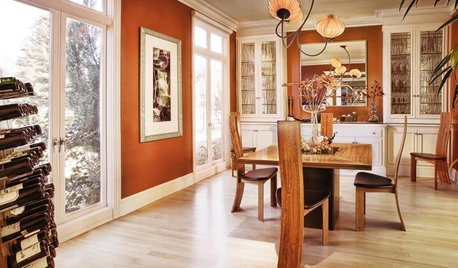
ORANGETreat Your Rooms to Pumpkin Pie Orange
Stir some pumpkin colors into your interiors for design deliciousness that lasts well beyond Thanksgiving
Full Story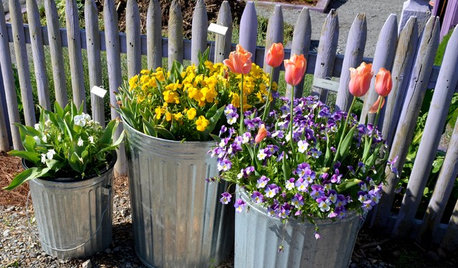
EDIBLE GARDENSSee How a Practical Garden Can Be a Visual Treat, Too
A university edible garden overflows with ideas for growing produce and flowers in containers, beds — or a pickup truck
Full Story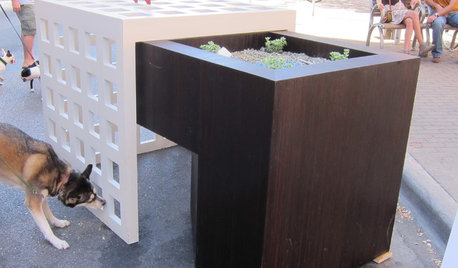
PETSDoghouses Worth a Wag: Report From Barkitecture 2011
Annual fundraiser sniffs out the best — and quirkiest — in Austin doghouse design
Full Story
EVENTSModernism Week 2015 Opens in Palm Springs
The city’s 10th annual festival celebrates midcentury architecture and design. Here’s a look at what’s on view
Full Story
INSIDE HOUZZHouzz Survey: See the Latest Benchmarks on Remodeling Costs and More
The annual Houzz & Home survey reveals what you can expect to pay for a renovation project and how long it may take
Full Story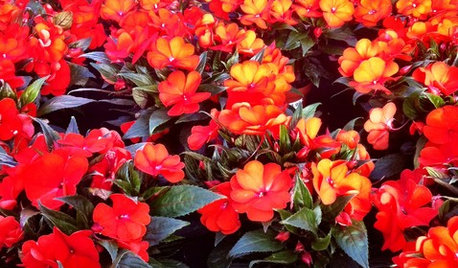
GARDENING GUIDESBright Plants for Flower Beds That Wow
From new annual and perennial varieties to grasses, get dramatic with swaths of color
Full Story
GARDENING GUIDESSee Winning Gardens From the 2015 Chelsea Flower Show
The popular annual London event showcases the best in garden design. Get inspired by these 2015 gold-medal winners
Full Story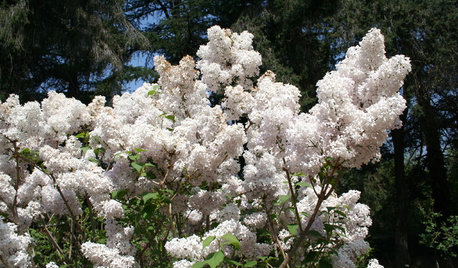
REGIONAL GARDEN GUIDESPacific Northwest Gardener: What to Do in April
Get ready for annual flowers and watch out for snails to ensure a bountiful garden now through summer
Full Story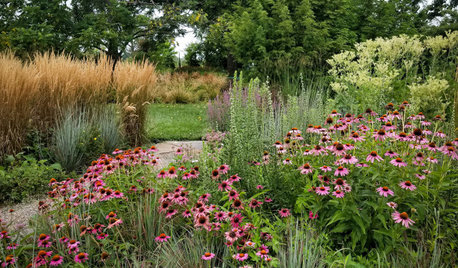
FALL GARDENING20 Favorite Flowers for the Fall Landscape
Vivid blooms and striking shapes make these annuals and perennials a delight in autumn gardens
Full Story
GARDENING GUIDES8 Plants That Snobs Love to Hate — and You'll Love to Grow
Don't dismiss these common annuals, perennials and shrubs — there are reasons they've been popular for so long
Full StoryMore Discussions






Salvia_guy
peterlsOriginal Author
Related Professionals
Allentown Landscape Architects & Landscape Designers · Tempe Landscape Architects & Landscape Designers · Eden Prairie Landscape Architects & Landscape Designers · Athens Landscape Contractors · Belmont Landscape Contractors · Fountain Valley Landscape Contractors · Hilton Head Island Landscape Contractors · Mahwah Landscape Contractors · Parker Landscape Contractors · Ridgewood Landscape Contractors · Lincoln Siding & Exteriors · Beaumont Siding & Exteriors · Lebanon Siding & Exteriors · Philadelphia Siding & Exteriors · San Diego Siding & ExteriorsSalvia_guy
ladyslppr